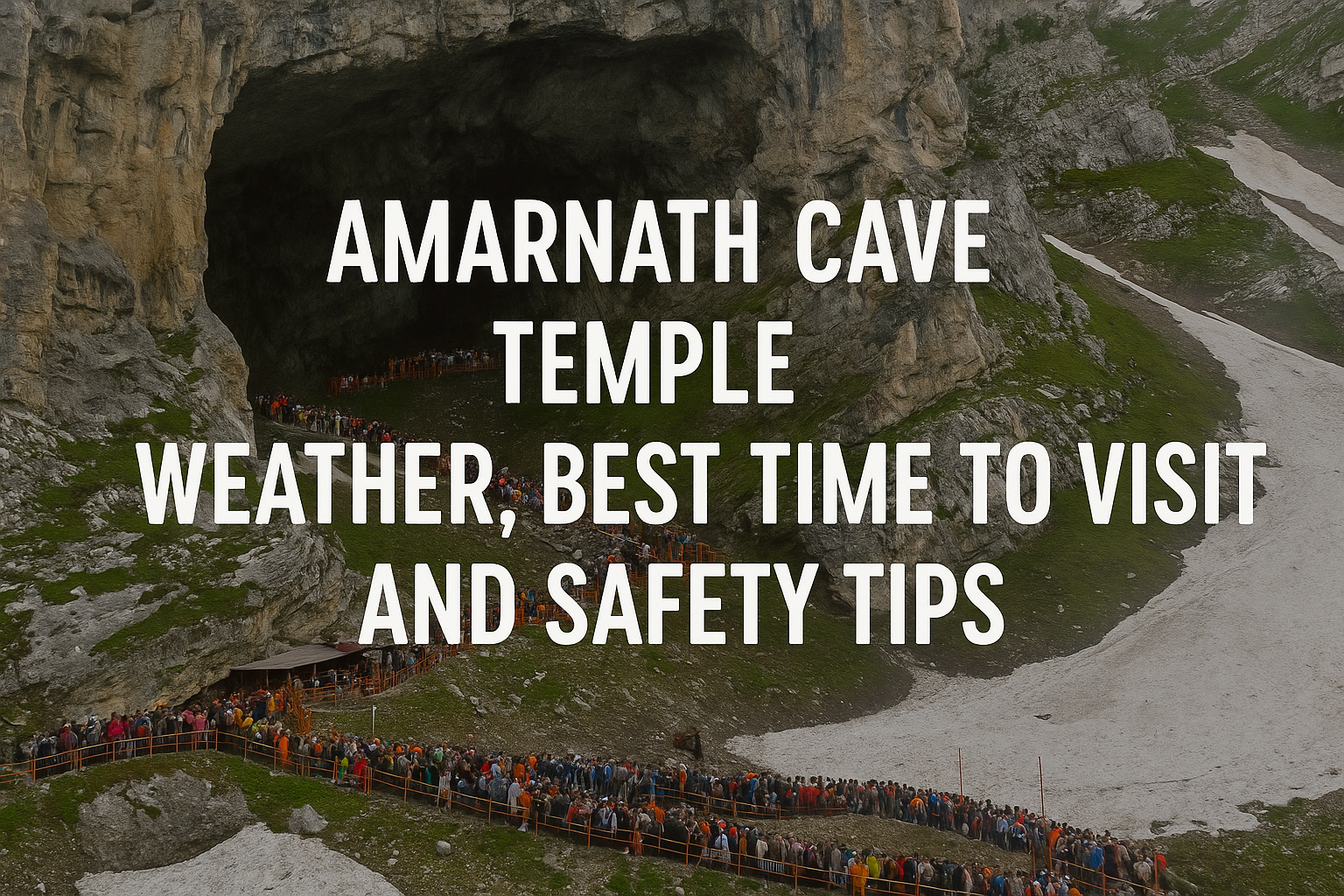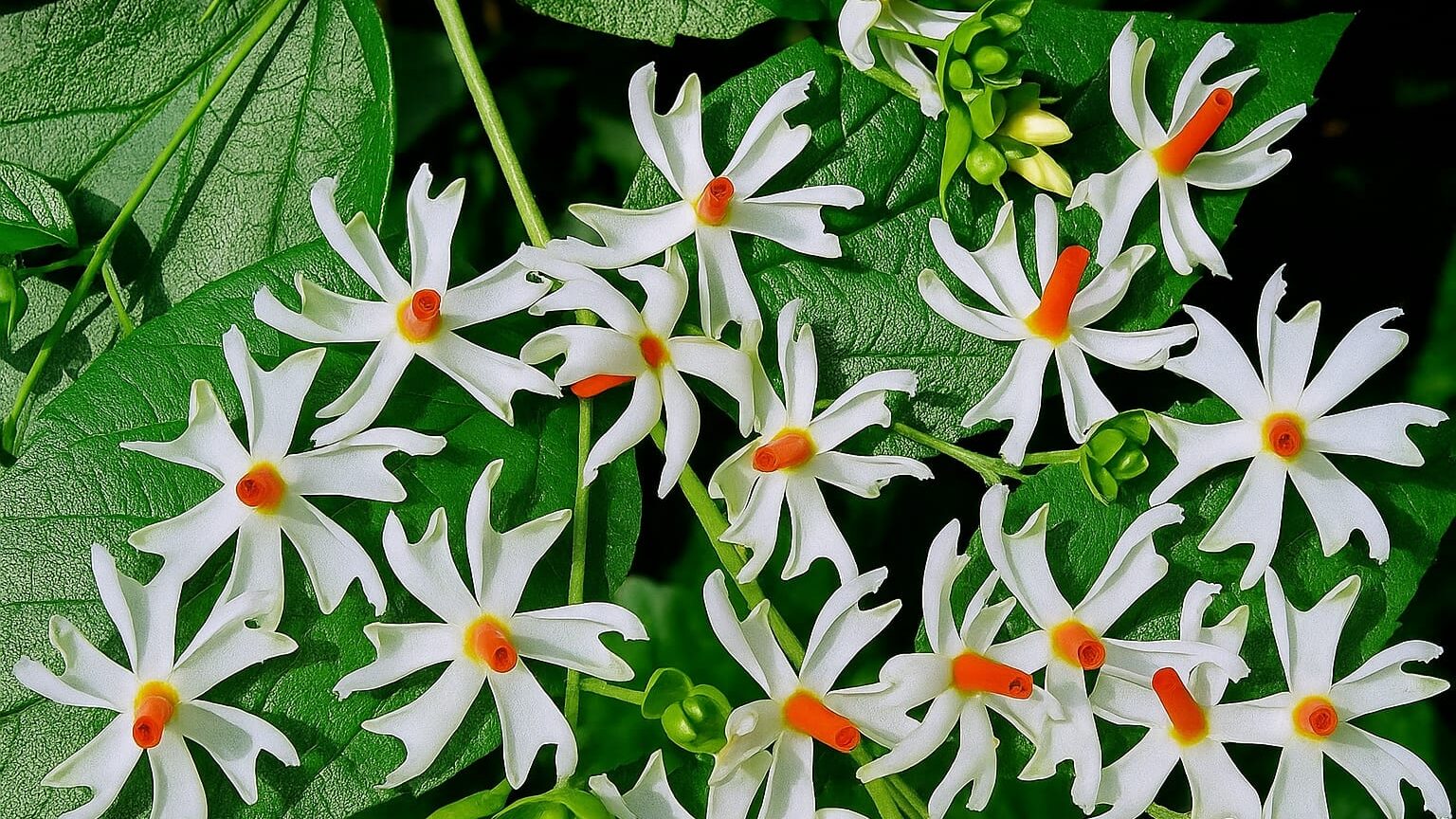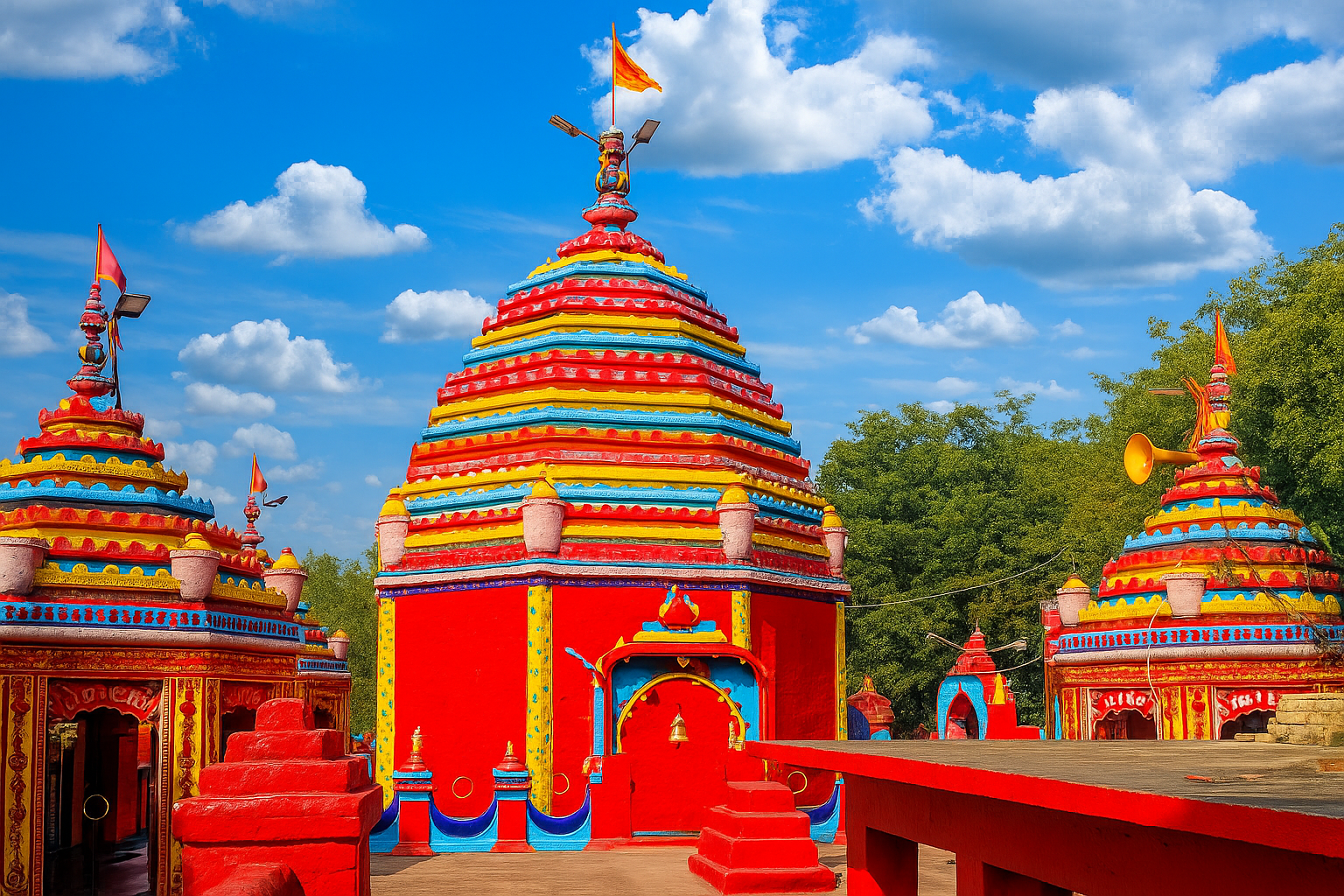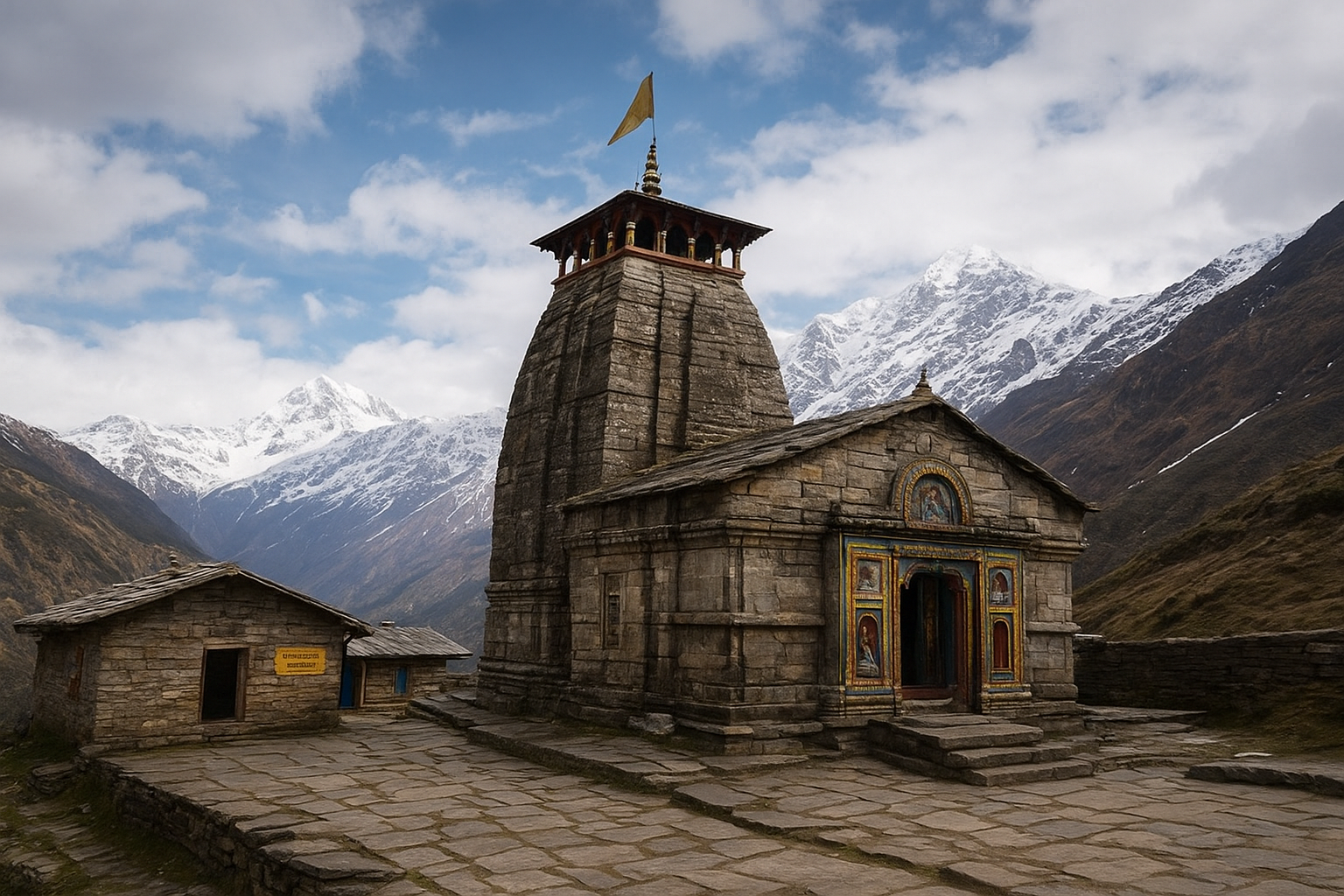Amarnath Cave Temple
One of Lord Shiva’s holiest shrines, the Amarnath Cave Temple in Jammu & Kashmir welcomes thousands of worshippers each year. The temple, which is situated in the Himalayas at an elevation of about 3,888 meters (12,756 feet), is home to the naturally occurring ice Shivlinga, a manifestation of God that is extremely sacred in Hinduism. Given the difficult terrain and erratic mountain weather, the Amarnath Yatra, the pilgrimage to this hallowed cave, is as much about dedication as it is about endurance.Your pilgrimage can be made safe, comfortable, and spiritually rewarding by being aware of the weather, choosing the ideal time to go, and being prepared with the appropriate safety advice.
Amarnath Cave Temple Weather Overview
Amarnath, nestled high in the Himalayas, is known for its rapidly changing and unpredictable weather.The temperatures can drop drastically, even in summer, and snow is present for most of the year.
- Winter (October to April): The entire area is covered in thick snow, and the cave remains inaccessible.
- Spring (May to June): Snow begins to melt, and routes slowly open for Yatra preparations.
- Summer (July to August): This is the official Amarnath Yatra period. The weather is relatively pleasant during the day but can still be cold at night.
- Autumn (September): The weather turns colder again, with chances of early snowfall, and the Yatra is closed.
Temperature Ranges During Yatra Season (July–August):
- Day time: 10°C to 20°C
- Night time: 0°C to 5°C
- Wind Chill: Strong winds can make it feel colder than the actual temperature.
Best Time to Visit Amarnath Cave Temple
The Amarnath Yatra is usually organized between late June or early July to August depending on the Hindu lunar calendar and the appearance of the ice Shivlinga.
1. July – Early August: Peak Yatra Period
- Advantages:
- Ice Shivlinga is in its full form.
- Well-organized facilities such as medical camps, langars (free kitchens), and resting tents are available.
- Helicopter services operate regularly.
- Things to Note:
- Larger crowds mean longer waiting times.
2. Mid to Late August: Less Crowd, Cooler Climate
- Advantages:
- Shorter queues for darshan.
- Quieter and more peaceful Yatra experience.
- Things to Note:
- Ice Shivlinga may start melting depending on weather conditions.
- Chances of rainfall increase.
Pro Tip: If you want to enjoy the scenic beauty, pleasant weather, and a well-formed ice Shivlinga, plan your trip in the first half of the Yatra season (July to mid-August).
Weather-Related Challenges for Pilgrims
- Sudden Rainfall and Landslides: Heavy rain can trigger landslides and slippery paths.
- Low Oxygen Levels: The high-altitude environment can cause breathlessness and fatigue.
- Snowfall and Cold Winds: Even in summer, a sudden drop in temperature can cause hypothermia.
- Fog and Poor Visibility: This can make trekking risky, especially on narrow mountain paths.
Safety Tips for Amarnath Yatra
1. Physical Preparation Before the Yatra
- Start walking 4–5 km daily at least one month before the Yatra.
- Practice deep breathing to improve lung capacity.
- Avoid alcohol and smoking before and during the journey.
2. Health and Medical Safety
- Get a compulsory medical check-up before registration.
- Carry a personal first aid kit with medicines for fever, cold, stomach upset, and altitude sickness.
- Keep ORS packets to prevent dehydration.
3. Clothing and Gear
- Wear layered clothing: thermal innerwear, woollen sweaters, and waterproof jackets.
- Good-quality trekking shoes with anti-slip soles are essential.
- Carry gloves, caps, mufflers, and sunglasses.
4. Food and Hydration
- Eat light, high-energy foods like dry fruits, nuts, and energy bars.
- Drink plenty of water but avoid overhydration.
- Avoid oily and heavy meals before trekking.
5. Trekking and Route Safety
- Stick to official Yatra routes: Pahalgam route (longer but scenic) or Baltal route (shorter but steep).
- Follow instructions from security forces and Yatra organizers.
- Don’t rush; take short breaks to avoid exhaustion.
6. Weather Awareness
- Check daily weather updates from the Shri Amarnath Shrine Board.
- Carry a raincoat or poncho as weather can change quickly.
- Be prepared for temperature drops, especially at night.
7. Emergency Situations
- Identify nearest medical camps along the route.
- Carry a fully charged mobile phone and a power bank.
- In case of difficulty, inform security personnel immediately.
Helicopter Services and Weather Dependency
Helicopter services to Amarnath operate from Baltal and Pahalgam during the Yatra season.
- Duration: 5–8 minutes (Baltal) or 10–12 minutes (Pahalgam) to Panjtarni, followed by a 5 km trek to the cave.
- Weather Dependency: Flights are often delayed or cancelled due to poor visibility or heavy rain. Always keep an extra day in your travel plan.
Essential Packing List for Amarnath Yatra
- Clothing: Thermal wear, woollen caps, socks, gloves, waterproof jackets.
- Footwear: Trekking shoes, extra socks.
- Essentials: Flashlight, walking stick, sunglasses, sunscreen, lip balm.
- Medical Kit: Prescribed medicines, bandages, pain relief spray, altitude sickness tablets.
- Documents: Yatra permit, ID proof, medical fitness certificate.
Spiritual Significance of Visiting in the Right Season
Hindus believe that the best time to visit the Amarnath Cave is during the holy month of Shravan, which falls between July and August. It is believed that at this time, Lord Shiva gave Goddess Parvati the key to immortality. Additionally, the weather is suitable enough for pilgrims to safely finish their journey, signifying the victory of devotion over physical difficulties.
Conclusion
The Amarnath Cave Temple is a test of faith, perseverance, and devotion in addition to being a place of worship. You may guarantee a safe and spiritually energizing Yatra by being aware of the weather, selecting the ideal time to go, and taking the necessary safety measures. Every step you take to reach the holy ice Shivlinga, whether you hike through the magnificent mountains or take a helicopter portion of the way, takes you one step closer to heavenly pleasure. Make sensible travel plans, show consideration for the alpine environment, and allow Amarnath’s heavenly spirit to lead the way.
















Leave a Reply